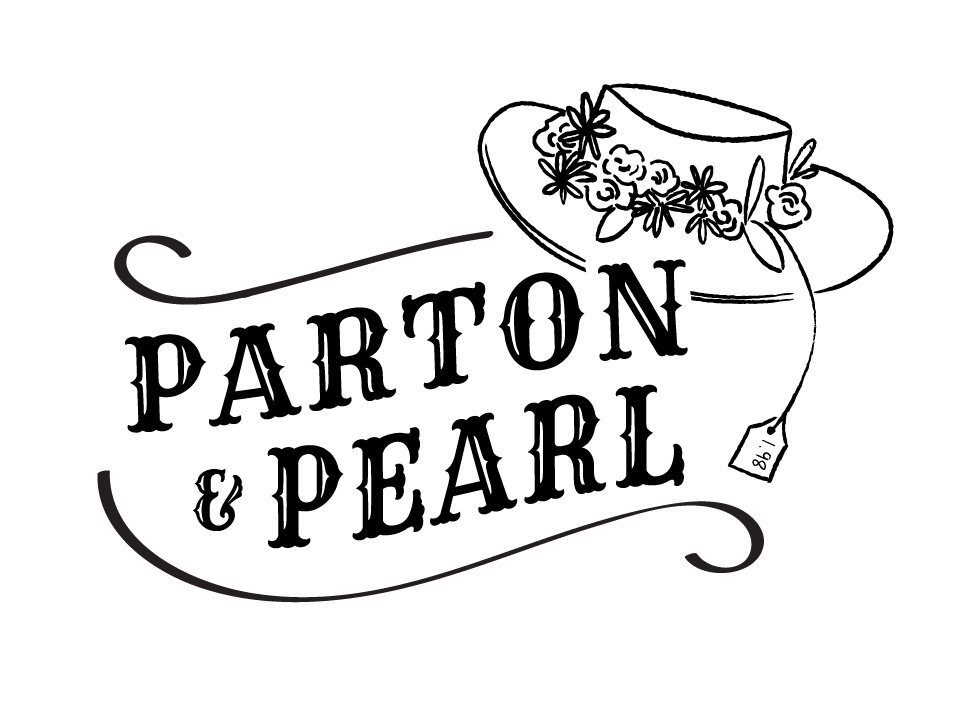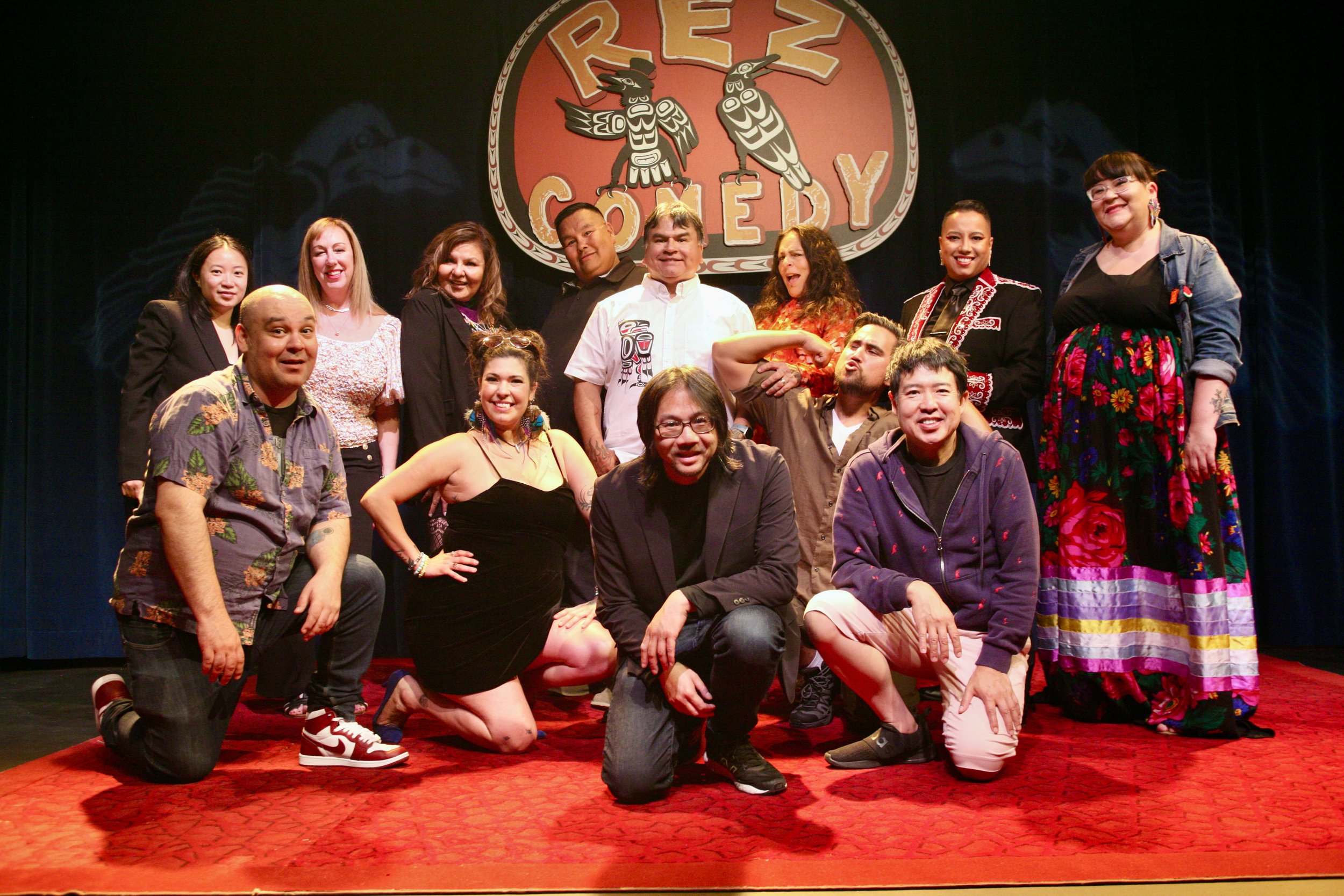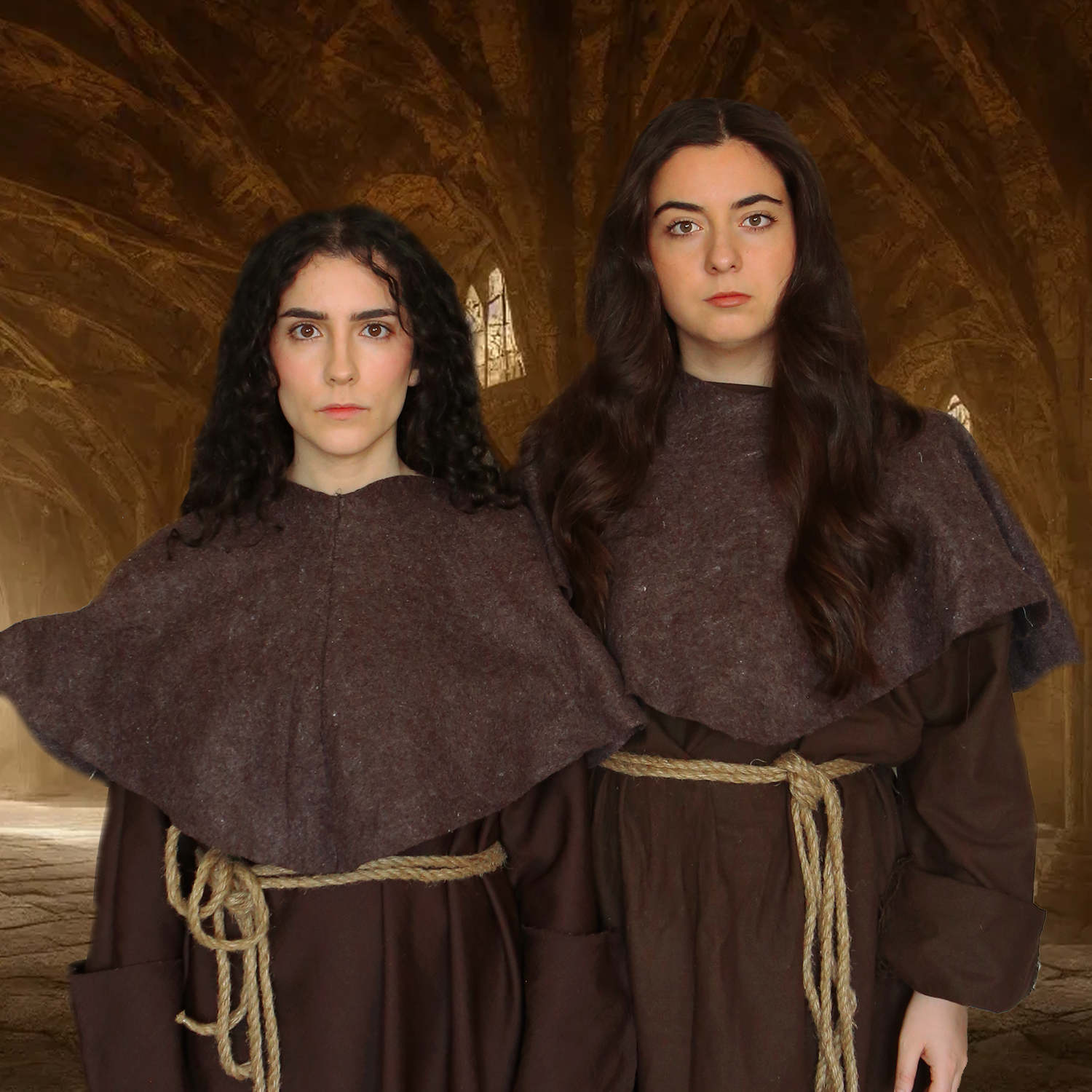Gossip From Grinder's Switch: Is Minnie Pearl Irrelevant?
Dolly Parton, left, and Minnie Pearl, right, are seen at the Country Music Awards show in October 1977, Nashville, Tennessee. (AP Photo)
“iPhones and haute couture have replaced bales of hay and cowbells at the Grand Ole Opry,” says Middle Tennessee State University History professor Dr. Kristine M. McCusker. “Even farmers and businesspeople -- once they’re off the tractor and closed their computers -- lead parallel lives. Country music’s context has changed.”
Dr. McCusker’s quote is related to answering if foundational country music comedienne Minnie Pearl is relevant to the socioculturally evolving space that country music now represents. A diverse blend of female, black, indigenous, person of color (BIPOC), and queer country artists and professionals are now sustainably emerging in the genre. In contemplating the sheer amount of perspectives now encapsulated in country music, where, or how, does the continuing legacy of an [self-proclaimed] ugly hillbilly woman in a two-buck straw hat who’s "just so proud to be here” fit in this rapidly modernizing genre?
As the author of 2008’s Lonesome Cowgirls and Honky-Tonk Angels: The Women of Barn Dance Radio and 2016’s Country Boys and Redneck Women: New Essays in Gender and Country Music, plus the co-editor of 2004’s A Boy Named Sue: Gender and Country Music, Dr. McCusker’s an ideal person with whom to discuss the era that birthed Pearl, Pearl herself, and the efficacy of her legacy.
Centreville, Tennessee-born Sarah Colley Cannon’s character of “Minnie Pearl” worked because, for five decades of its century-long history, country music mirrored America’s most socially dominant cultural notions, ethnicities, and racial populations.
“Minnie Pearl was a way for Sarah Colley Cannon to make a bucketload of cash during the Great Depression and World War II,” says Dr. McCusker. Unpacking the bluntness of the Middle Tennessee State professor’s statement reveals layers that highlight Minnie Pearl’s understated brilliance.
Sarah Colley was raised a woman of rather considerable means, as her father was a prosperous sawmill owner and timber dealer. As a result, she attended Ward-Belmont College (now Belmont University), a prestigious “ladies college,” majoring in theater studies and dance.
Post-graduation, while producing a musical in Baileyton, Alabama, she befriended a local mountain woman whose fashion style and speech effects Colley borrowed to develop a comedic act as "Cousin Minnie Pearl." A few years later, while performing at a bankers' convention, she impressed radio executives from Nashville’s WSM, which famously broadcast the Grand Ole Opry. Her November 30, 1940 performance proved so successful that she was associated with the Grand Ole Opry for the rest of her career.
Regarding Pearl’s incredible success, Dr. McCusker says, “[Minnie Pearl] was a function of a different time and place in America and country music. Now, we don’t expect women to think they’re ugly and be primarily concerned with chasing after men anymore.”
Minnie Pearl’s performances awed an overwhelming percentage of country music’s fans of the genre between 1920-1970 who grew up as white, poor, land-working, and second-generation Americans with Europe-to-Appalachia roots. Pearl attempting to attract "a feller's" attention while hanging around her "ne'er-do-well" relatives like “Grandpa Jones,” "Uncle Nabob,” and "Lucifer Hucklehead" were all quite relatable to the genre’s almost exclusively white, blue-collar fanbase.
Even deeper, consider that Cannon was a wealthy college graduate method-acting as a destitute hayseed. Only in a space where poor whiteness -- above all else -- is seen as ubiquitously comfortable can ironically lampooning impoverished people be regarded as acceptable.
However, by the 1970s, the Opry, where Minnie gained her greatest renown, became less of the genre’s hub and more part of a more significant, much more lucrative, industry for country music.
This financial boom for country music dovetailed with the third generation of Americans with Europe-to-Appalachia roots moving from farms to planned suburban communities in the early 1960s. Then, as rural industries like oil and farming grew into global dominance in the 1970s, these suburbanites evolved into conservative-minded and cash-rich metropolitan captains of industry throughout the South and Midwest.
To wit, by 1970, Dr. McCusker astutely notes that the shift from farms to suburbs and from suburbs to metropolises “eradicated the connectivity of rural-based, agrarian ‘barn humor’ from [country music].”
Moreover, thinking about country music in general from that era onward, her entertainment brand ultimately became a sweet, milquetoast nod to obsolete American ideals.
By 1968, Tammy Wynette’s “D-I-V-O-R-C-E” earned her a Grammy nomination for Best Female Country Vocal Performance. Two decades later, K.T. Oslin’s “80’s Ladies” -- a manifesto that celebrated female sisterhood -- was named the Country Music Association’s Song of the Year. In 1997, Shania Twain sang about the fallacy of male overconfidence on “That Don’t Impress Me Much,” which was a global crossover number-one hit. Additionally, add onto this Nashville’s Margo Price’s 2017 female equal compensation anthem “Pay Gap” to the mix, and a reparational cycle that invalidates much of the irony apparent in Minnie Pearl’s humor is complete.
Regarding the steps that follow, Dr. McCusker, I asked, “then who best can represent Minnie Pearl’s aesthetic in country music’s future?” The professor paused, then flatly noted, “I have no idea. It feels like her time has come and gone.” Not satisfied, I recontextualize the question: “If we’re at a place where Minnie Pearl is potentially irrelevant, then to whom and for whom has that style of comedy evolved?”
“That approachable, over-the-top every person with a feel-good connection? Well, I don’t watch a lot of comedy, but I presume someone like Tyler Perry playing Madea or possibly Ellen Degeneres,” offers Dr. McCusker.
Stunned, I replied, “It’s amazing to think we’re at a place -- given all of the issues in country music that are existing -- where a straight Black man cross-dressing as a matronly, plus-sized Black woman, plus an openly gay female comedian, best exemplify how one of country’s most comfortable tropes has evolved.” Dr. McCusker agreed with my assessment.
At the end of her onstage routines, Minnie Pearl always offered timeless advice. When imagining a country music space, where the humor favored by Pearl is embraced by and told with equal effect by ascendant demographics in the genre, her quote “take the back roads instead of the highways” feels apropos. If looking for Minnie Pearl’s legacy still existing in what country always was, you’re doing it wrong because it’s no longer there.
Instead, ironically, the life upon which Sarah Colley lived is the life -- and not Pearl the character’s existence -- to which many women (and people in general) who popularly love country music aspire. If looking for what’s next, take a look at people who -- like country’s rural root fanbase -- exist on the genre’s mainstream margins.
Minnie Pearl was a brilliant character invented by a savvy businesswoman who cashed in on rural cool and country music’s co-occupancy of America’s cultural zeitgeist for 50 years. However, America -- and country music -- is further past those dynamics having commercially significant relevancy over much if anything in the genre anymore. As an American icon, giving Minnie Pearl a “HOOOWWWWDEEE” in thanks for her service is essential. However, that service is bittersweetly, no longer relevant to country music -- or the world’s -- mainstream commercial or cultural aims.











Nashville Hurricane: A Curious Tale of Finger Pickin’ Fury runs May 7-11 at the CAA Theatre